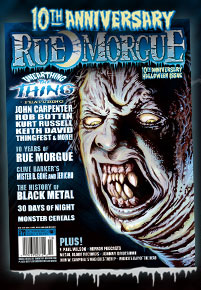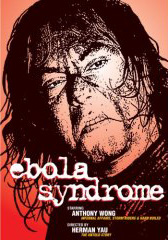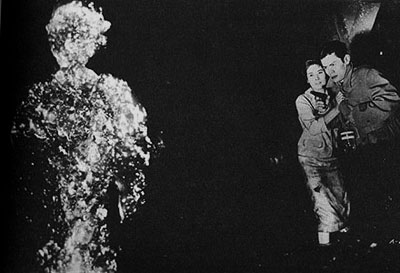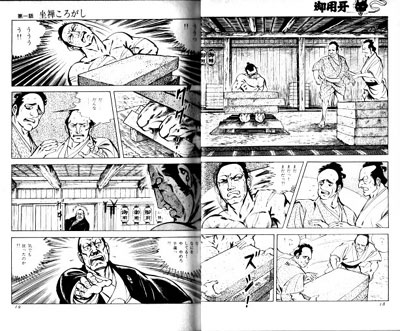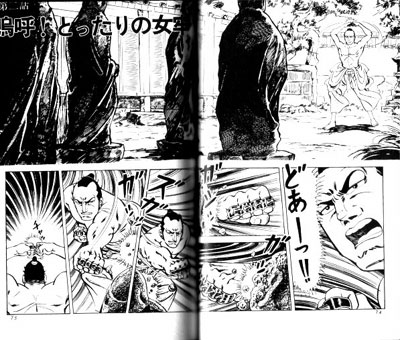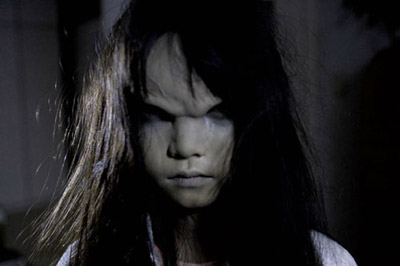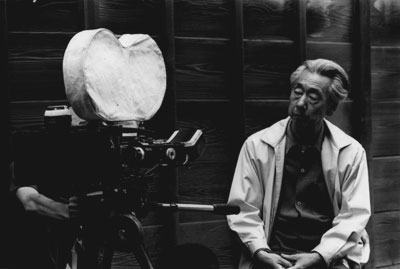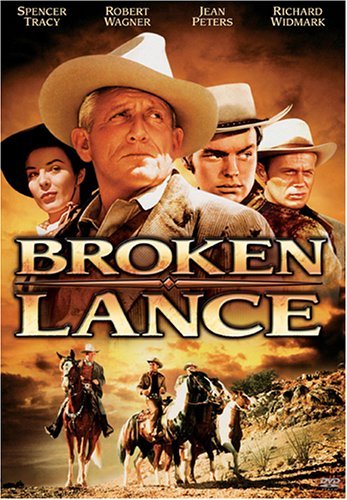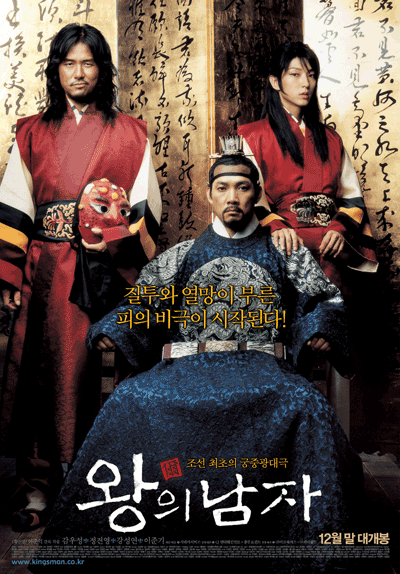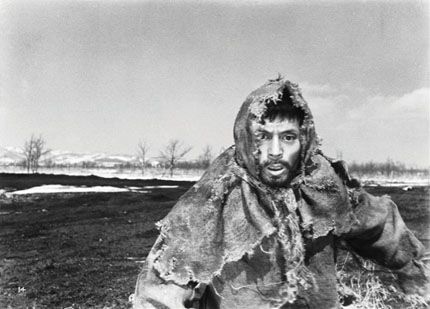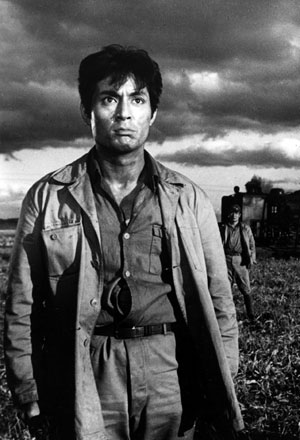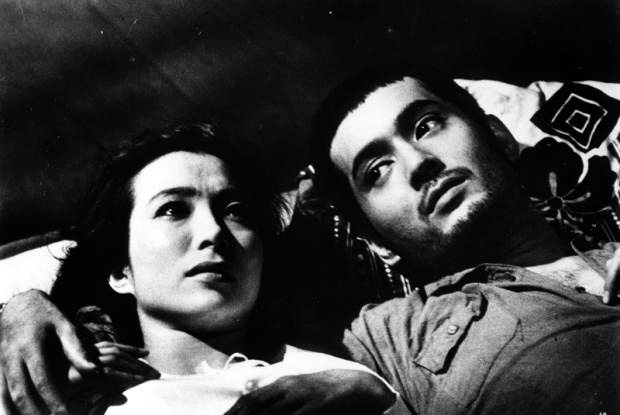 While I'm not really into the spirit, I wouldn't say I hate the holidays per se. I get it: People bum out in the Winter time and look around for something to get excited about. They have festivals, perform rituals, drink a lot of booze, whatever it takes to get them through the long, dark nights. However, there are certain things about the American holiday scene that I find truly repulsive. Like Christmas carols. I loathe Christmas carols. All that crap about snow and bells and "do you hear what I hear" -- it's saccharine and phony and each year it bugs me a little more. The other day, standing in a long line at Borders, I finally got a break -- no fucking Xmas carols on the sound system. However, a middle-aged woman behind me insisted on whistling a number of them (off key, of course). I finally lost it and burst out singing to her wonky accompaniment: "Walking in my winter under-wear!" Everyone in line laughed and it seemed to shut her up.
While I'm not really into the spirit, I wouldn't say I hate the holidays per se. I get it: People bum out in the Winter time and look around for something to get excited about. They have festivals, perform rituals, drink a lot of booze, whatever it takes to get them through the long, dark nights. However, there are certain things about the American holiday scene that I find truly repulsive. Like Christmas carols. I loathe Christmas carols. All that crap about snow and bells and "do you hear what I hear" -- it's saccharine and phony and each year it bugs me a little more. The other day, standing in a long line at Borders, I finally got a break -- no fucking Xmas carols on the sound system. However, a middle-aged woman behind me insisted on whistling a number of them (off key, of course). I finally lost it and burst out singing to her wonky accompaniment: "Walking in my winter under-wear!" Everyone in line laughed and it seemed to shut her up.The other thing that vexes me is the consumer panic. You can't just go about your business at the holidays, you're bound to get sucked up into the shopping frenzy of others. Why must I be inconvenienced by someone else's religious mania and/or deadline-driven flight of false consciousness? God forbid I go to Costco for some toilet paper and coffee -- I'll be trampled by the harried hordes with their gift baskets and giant bottles of hooch! Happy holidays my ass, the only people that are happy at the holidays are kids. Media-programmed, conformist little id monsters who must be appeased at all costs. They're the main reason adults are lined up outside big box stores before dawn the day after Thanksgiving, bleary-eyed and ready to duke it out with whoever stands in the way of them and the shit their stupid kids want. Kids. Who needs 'em? As some wag put it, "They're needy, boring and they can't hold their liquor." 'Nuff said.
So instead of some Hallmark sentiment, I'll just wish you health and some measure of peace of mind. These are things we could all use, no matter the season.


